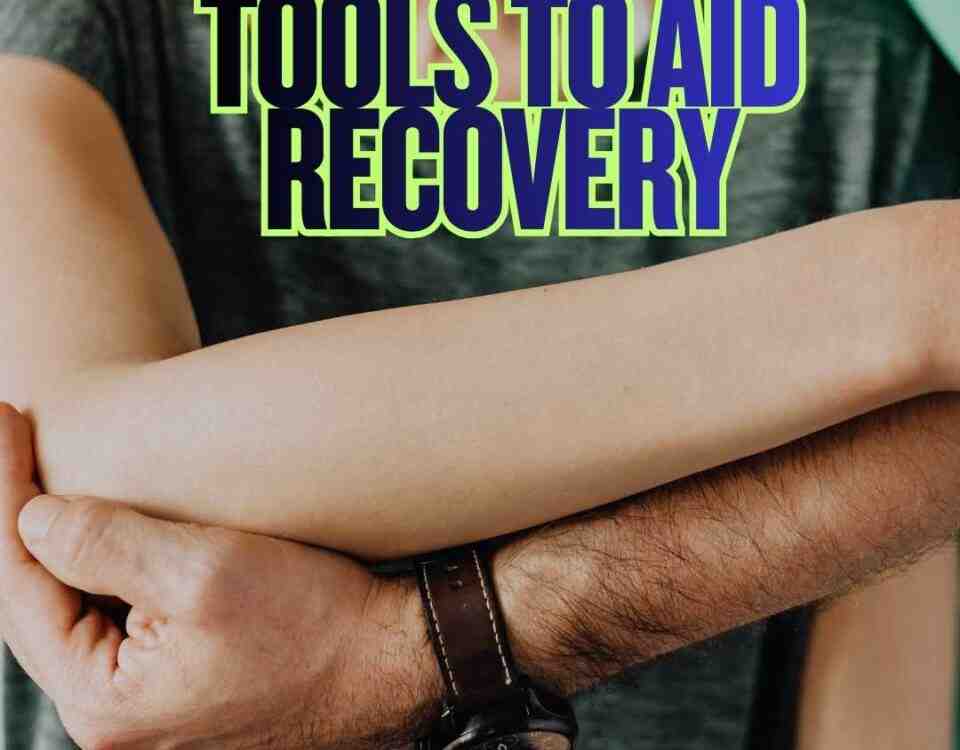Ouch! The Bad Habit of Cracking Your Neck!

Why are Bone Spurs Painful?
November 4, 2022
Are There Negative Effects of Falling Back?
November 5, 2022Neck Poppers
Have you ever seen anyone ‘popping’ their own neck? Here is an explanation as to why that’s such a bad habit!
As a chiropractor, I always cringe when I see this. While a popping sound may often accompany a neck adjustment, the difference in accuracy and effect when an adjustment is performed versus a person using their hands to make their own neck pop is huge! Chiropractor Doctors are trained deeply in anatomy and physiology before studying the techniques used to isolate and make an effective correction to joint dysfunction. They then study those methods in a clinical system, where they are observed by practicing Clinic Doctors to insure that they are ready to make adjustments correctly and safely.
As to the popping sound, this is called a cavitation. Cavitation refers to the effect of a joint space being opened to the maximum safe amount, without damage to the capsular ligament holding the joint fluid in place. When this occurs, physics tells us that the fluid inside is suddenly unable to fill that joint space, so nitrogen is off-gassed into that space. This creates the sound we hear, but also triggers the nerve system to know something big happened at that joint space, so local painkillers called beta endorphins are released by the body at that space. These two effects each last about 20-30 minutes.
Now, back to our self-popping example. These folks are neither trained properly, nor are they capable of moving a truly stuck joint with these maneuvers. What they first feel is the achy feeling in a joint that tells the nerve system there is something stuck in adhesive capsulitis, compromising the biomechanics of the neck. In their attempt to fix what they feel, they motion their own necks until they get that satisfying pop. What they are actually doing is caveating joints that are already in full motion, while the stuck joint remains stuck. They do, however benefit briefly from the delivery of the beta endorphins and ‘feel better’. However, when the effect wears off, you’ll see them attempting to do this again and again looking for lasting relief.
This false sense of helping oneself is somewhat dangerous long-term, in that both joints that are stuck (hypo mobile) and those which are not (now becoming hyper mobile), will become arthritic. Arthritic changes are seen in formation of bone spurs, shrinking disc spaces and less evident signs of other degenerative changes. Altogether, these changes allow those arthritic changes to progress, further limiting proper and painless neck biomechanics.
Chiropractors are the only people trained to choose the right time and right place to make an adjustment to correct spinal function. They are the ones trained to isolate the stuck joint and correct it. We do well to help others understand that this habit will not help them either to improve or relieve what they are feeling. Further, they can learn why what we do can truly help reclaim the comfortable spinal motion they seek in the first place.
This article was written by Dr. John P. Lang, DC CMG (Florence) one of the members of Chambers Medical Group’s team of car accident chiropractors who offer a variety of treatments and therapies ranging from diagnostic testing to various soft tissue therapies for car accidents and injuries in Kentucky.
If you or somebody you know has been in a car accident, be sure that you seek medical attention from a car accident doctor or car accident chiropractor to treat your injuries. Visit Chambers Medical Group to receive world-class medical treatment for your injuries.
Chambers Medical Group has car accident medical clinics in the following locations:
- Car Accident Medical Clinic in Tampa
- Car Accident Medical Clinic in Plant City
- Car Accident Medical Clinic in Brandon
- Car Accident Medical Clinic in Lakeland
- Car Accident Medical Clinic in Sarasota
- Car Accident Medical Clinic in Louisville
- Car Accident Medical Clinic in Lexington
- Car Accident Medical Clinic in Florence




